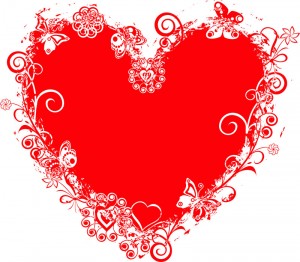 Here are a couple of my favorite science experiments to do on Valentine’s Day, especially on a holiday where the word “science” doesn’t usually come to mind.
Here are a couple of my favorite science experiments to do on Valentine’s Day, especially on a holiday where the word “science” doesn’t usually come to mind.
Many countries celebrate Valentine’s Day as a way sharing and expression their love for each other, usually by presenting flowers, offering chocolate, or sending greeting cards (valentines!). Historically, valentines were also sent to children to ward off certain diseases.
There are many different traditions and customs for this holiday, depending on where you live. This is a small collection of my favorite science experiments that I’ve done to create valentines and unusual gifts for the ones I love most. Enjoy and Happy Valentine’s Day!
- Homemade Stethoscope is an easy experiment, and you can use tape if you don’t have the special connectors.
- Can you figure out how to change the solution from pink to blue and back to pink again with the Chemical Matrix?
- Make a solution turn from clear to pink with the Turning Water into Wine experiment (Hint: use this to coat a silk flower, the flower will change from clear to pink!)
- Swirl colors with a cool Milk Trick
- Cut out a heart shape from goldenrod paper and use this chemical process to transform the heart from gold to deep red.
- Write invisible messages using chemicals from the kitchen.
- Cobalt chloride changes colors when combined with water using this experiment. You can also grow pink-red crystals using the remainder of the solution!
- Before eating that chocolate, use it to measure the speed of light!
- Monitor your very own heart using this simple experiment and see your pulse using a straw.
- Make sure your own heart is healthy with these experiments, including how to make your own stethoscope.
- Make two-tone flowers by replacing the celery with a carnation.
- I once made an exploding love volcano by modifying this experiment to be all red as it oozed out.
- Measuring the Health of your Heart and Heart Rate Monitoring are both something you can do all year long, so you can live longer so you can do more science experiments!


Great Idea Aurora